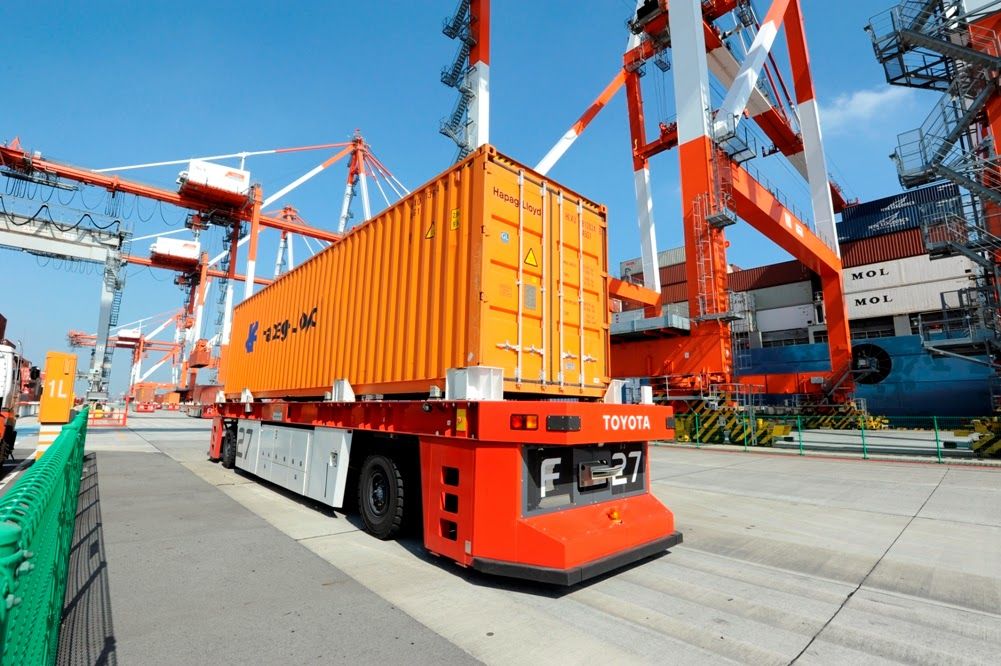Japan‘s exports rose 38% year-on-year in April, to 7 trillion 181,113 million yen.
Conversely, Japanese imports were for 6 trillion 925,789 million yen, an advance of 12.8% annually.
Thus, the country obtained a surplus of 255.324 million yen.
Both routes of trade flows show, on the side of Japan’s exports, the rebound in international markets, and on the side of imports, the improvement of its domestic market.
The bases of comparison are relatively low, due to the effects of the Covid-19 pandemic.
Regarding the outlook by component of Japanese demand, it is likely that the growth rate of exports of goods will slow down for the moment, mainly of goods related to the automotive sector, affected by factors such as the shortage of semiconductors.
That said, the Bank of Japan projects that exports of goods will continue to grow strongly, supported by a global recovery in corporate fixed investment, the expansion of digital-related demand and the adoption of aggressive macroeconomic policies, mainly in the economies advanced.
Overall, Japan’s exports have continued to increase, reflecting a recovery in overseas economies.
Japan’s exports
By region, the pace of growth in exports to advanced economies has slowed, mainly affected by a rebound in stifled demand and a shortage of semiconductors, both related to the automotive industry.
Meanwhile, exports to emerging economies have risen steadily, especially those destined for Asia, supported by the expansion of digital-related demand.
By goods, the growth rate of exports of automotive-related goods has recently stabilized, mainly affected by a rebound in stifled demand and a shortage of semiconductors.
Japan’s information technology-related exports have clearly increased as demand has remained strong for a wide range of products, including those related to smartphones and personal computers, as well as data center parts and computer equipment. board for motor vehicles.
At last, capital goods exports have risen, partly supported by a global increase in investment in machinery and by strong exports of semiconductor production equipment reflecting expanding demand related to digital technology.
![]()

